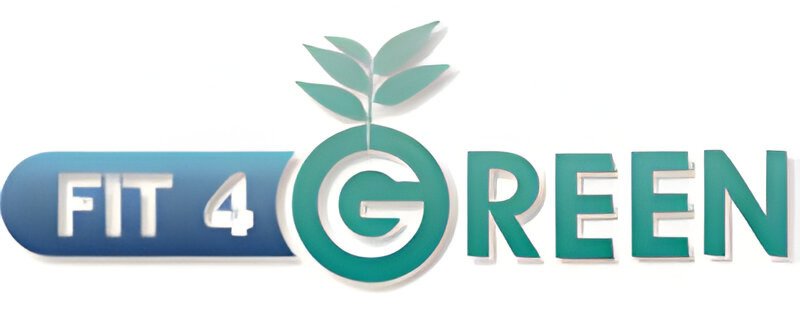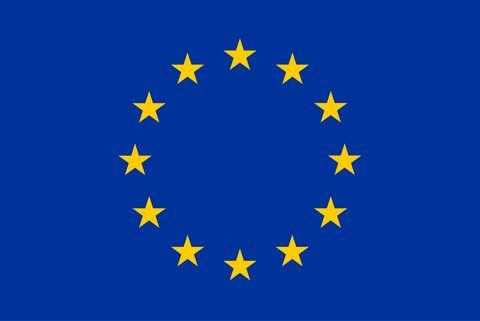
FIT4Green aims at contributing to ICT energy reducing efforts by creating an energy-aware layer of plug-ins for data centre automation frameworks. The plug-ins enhance existing IT solutions deployment strategies by moving computation and services around a federation of IT data centres sites, with the final goal to minimize the overall power consumption figure.
Without giving up on compliance to Service Level Agreements (SLA) and Quality of Service (QoS) metrics, FIT4Green optimization layer will be placed on top of the current data centres management tools to orchestrate the allocation of ICT resources and turning off unused equipments. The project will consider the deployment options of whole IT solutions, from the client devices to the data centres where the applications and services are dynamically allocated, including the impacts of the different networks providing the needed connectivity. The project rationale builds on shortcomings of current systems:
FIT4Green will explore both optimal deployment solutions satisfying existing SLAs with minimal energy consumption and next-generation energy-aware SLA statements - with minimal tradeoffs with respect to current metrics - providing high global improvements on environmental sustainability KPIs. FIT4Green approach is potentially applicable to any data centre type; the project will run pilots using three representative data centres typologies: Service/Enterprise Portal, Grid and Clouds - provided by project partners with real test beds- to validate models, policies supporting the plug-in developed inside the project.
| Principal Investigator(s) at the University | Prof. Dr. Hermann de Meer (Lehrstuhl für Informatik mit Schwerpunkt Rechnernetze und Rechnerkommunikation) |
|---|---|
| Project period | 01.01.2010 - 30.06.2012 |
| Website | http://www.fit4green.eu/ |
| Source of funding |

Europäische Union (EU) > EU - 7. Forschungsrahmenprogramm (7. FRP)
|
| Projektnummer | 249020 |
This publication material is presented to ensure timely dissemination of scholarly and technical work. Copyright and all rights therein are retained by authors or by other copyright holders. All persons copying this information are expected to adhere to the terms and constraints invoked by each author's copyright. In most cases, these works may not be reposted without the explicit permission of the copyright holder.
Please see our chair's publication database for further publications and abstracts as well as for advanced search and filtering capabilities.